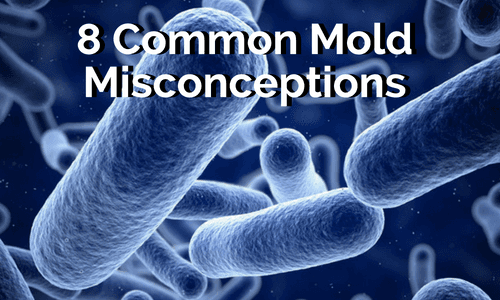
As common as mold is in households, it’s surprising how misunderstood it can be.
In fact, if you’ve found mold in your home or are worried about it popping up, the internet can be a pretty confusing place to find answers.
Some websites say you can tackle it yourself with some cleaning supplies. Others suggest that you’ll basically have to tear down all the walls in your house.
Reliable facts are hard to come by. Clearly, these kinds of misunderstandings can make it difficult and scary to deal with a mold problem.
In order to clear up some of the confusion, here is a simple guide to common misconceptions about mold. Because, the more knowledgeable you are about the problem, the easier it is to make a good decision about how to proceed.
Myth #1: Mold is rare.
In reality, mold is a part of our daily lives. Spores, invisible to the human eye, are constantly floating around in the air, but require a specific set of conditions, in particular humidity and organic matter, to take hold and grow.
So, trying to get rid of mold completely is just not an option, whereas preventing it from putting down roots is. And because mold is so common, every homeowner should take the necessary steps to avoid creating that perfect storm of a mold infestation.
Myth #2: Mold is only dangerous if it’s black mold.
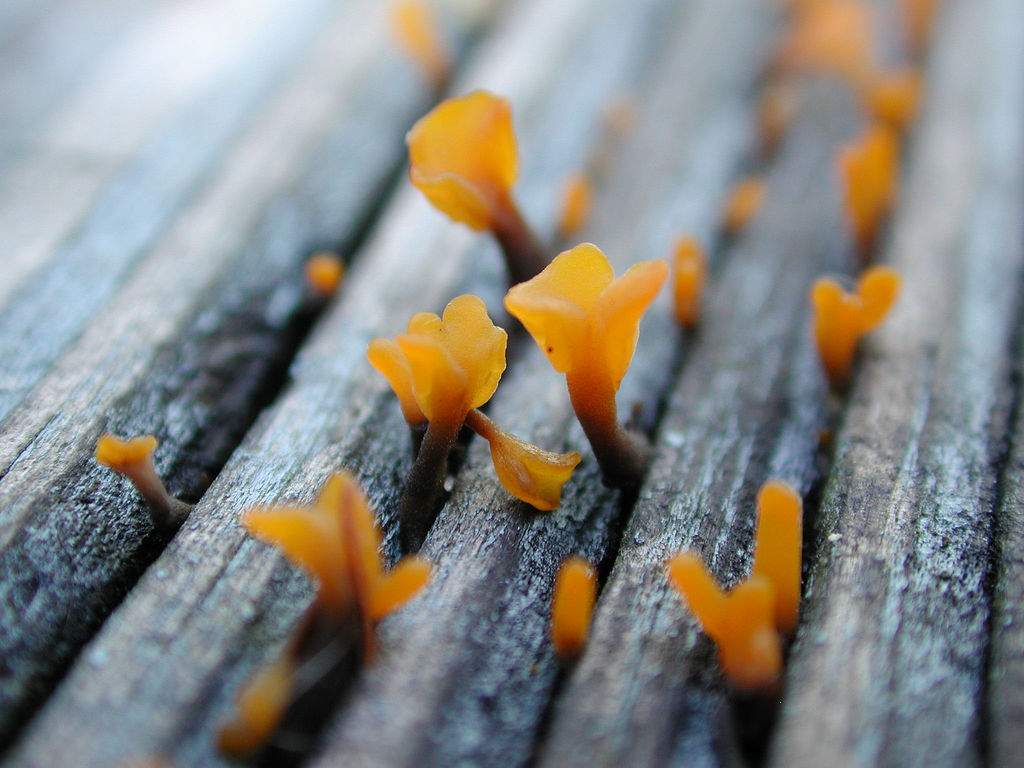
Black mold generally refers to a particular kind of mold called stachybotrys chartarum, which is considered a toxigenic mold. Yet, not all dark-shaded molds produce toxic material, and not all toxigenic molds are black.
In fact, molds that are dangerous to your health can also be green, brown, yellow, or white, while some black-looking molds are less destructive. The only way to know what type of mold you have in your home, as well as likelihood to cause health problems, is to call in a mold expert who can analyze samples.
Myth #3: Mold is toxic.
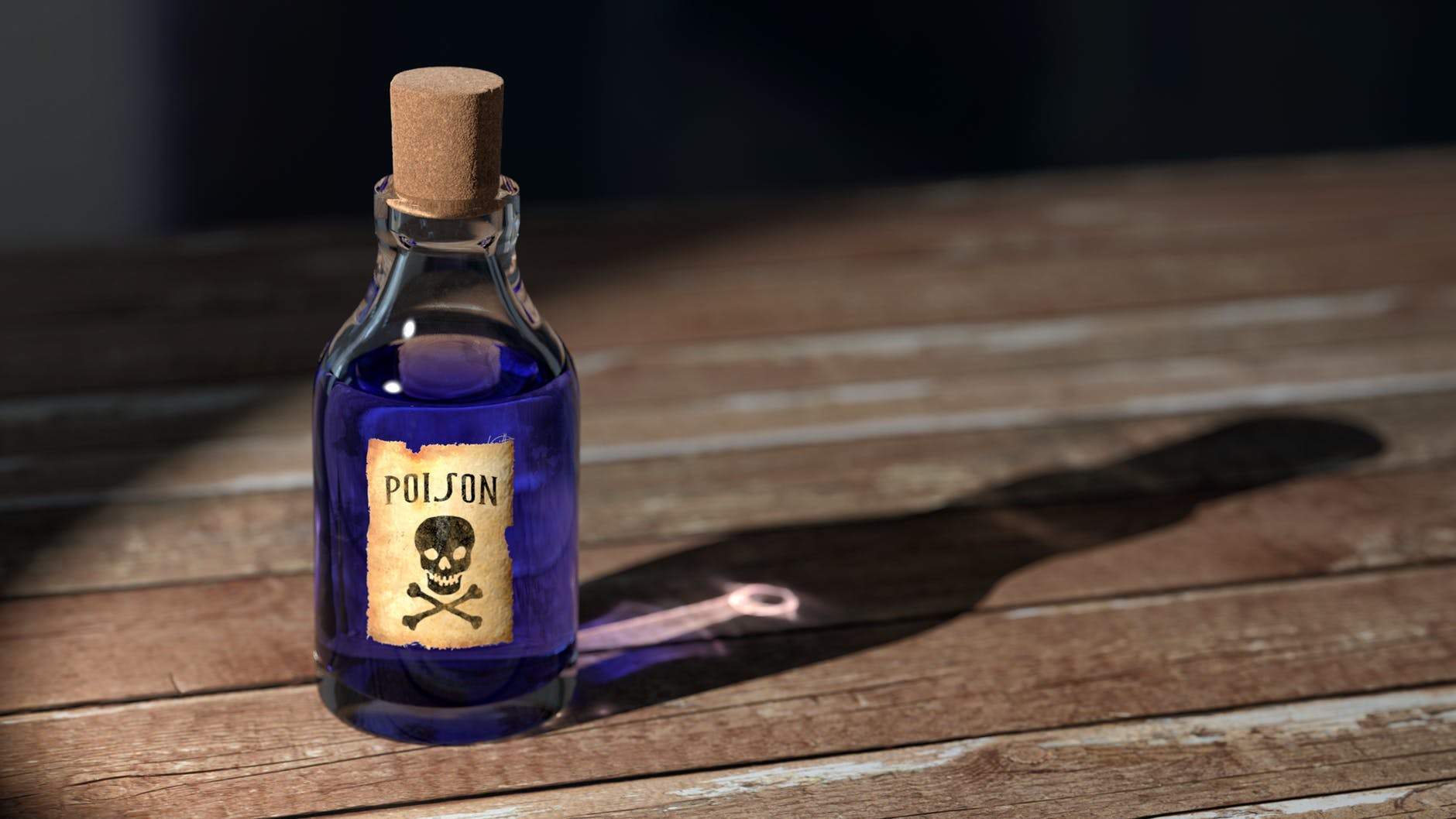
This is a tricky misconception, because while mold may not technically be toxic, that doesn’t mean that it can’t be dangerous.
That said, toxicity refers to how the body reacts to exposure to a harmful chemical agent, and in general, healthy adults who come into brief contact with mold will not react as they would to a poisonous substance.
It is only if the colony is extensive or has been feeding on materials that are toxic when broken down by the spores, that they are considered toxigenic.
At this point, the mold has altered the air quality, making it unsafe for people to breathe, especially if they are at high risk for respiratory issues.
Myth #4: Only children or people with asthma are at risk for mold-related health issues.

This is another fine-line misconception. On the one hand, it is true that children and people with respiratory issues are especially vulnerable to the harmful effects of mold.
However, in the right conditions, healthy adults can also feel the effects of mold exposure, including coughing, sore throat, dizziness, and a range of other symptoms.
In fact, factors like the time period of growth and lack of ventilation in the space where the mold is growing can make the likelihood of health problems rise.
Myth #5: You only have to worry about mold after a water leak.
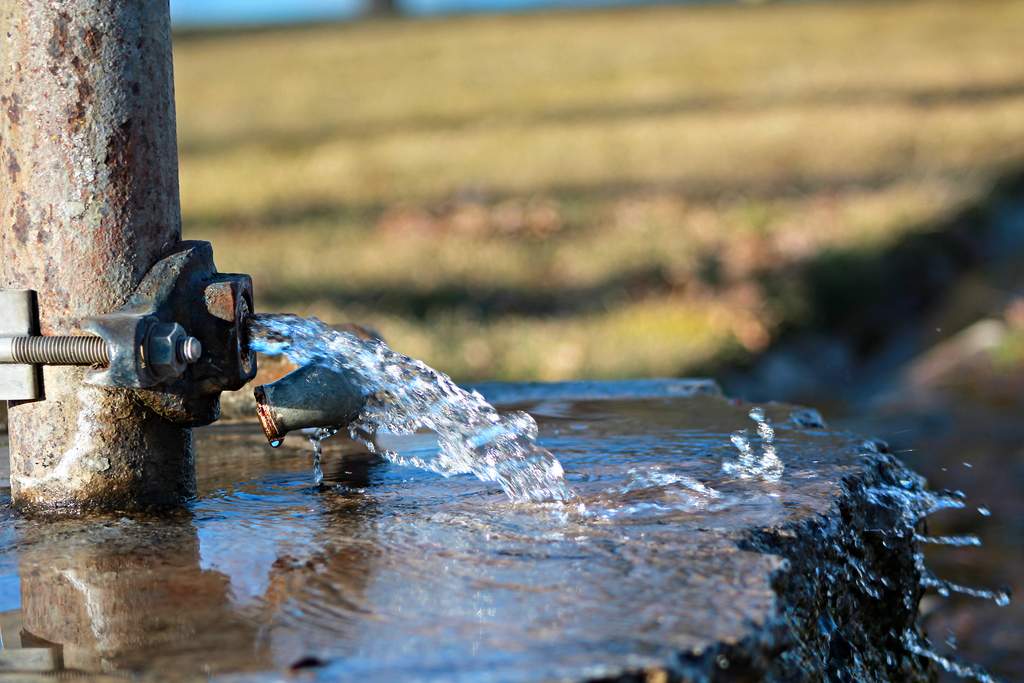
True, we stated earlier that humidity and organic matter are the two things that mold really need to survive, so it’s easy to assume that only houses that have sustained water damage would be at risk.
Yet, humid conditions could arise simply by not having proper ventilation in certain rooms of your home, such as the bathroom, the laundry room, the kitchen, or the basement. Anywhere that there is a higher level of heat and any amount of water can result in the perfect conditions for mold.
Myth #6: Small mold colonies are not so bad.
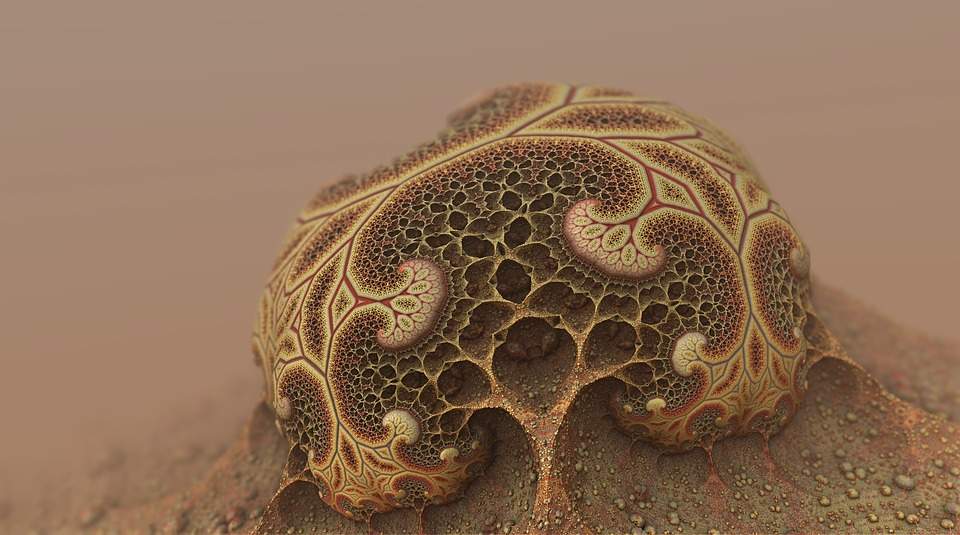
At first, little blotches of mold don’t look so concerning. After all, they’re barely noticeable. But these small colonies are often simply signs of a much larger problem, such as mold under the wallpaper on in the insulation behind the wall.
Homeowners who notice these small colonies without bringing someone in to do a formal assessment often end up having to pay much more later on when the hidden colony has grown considerably.
Myth #7: You can fix it yourself.
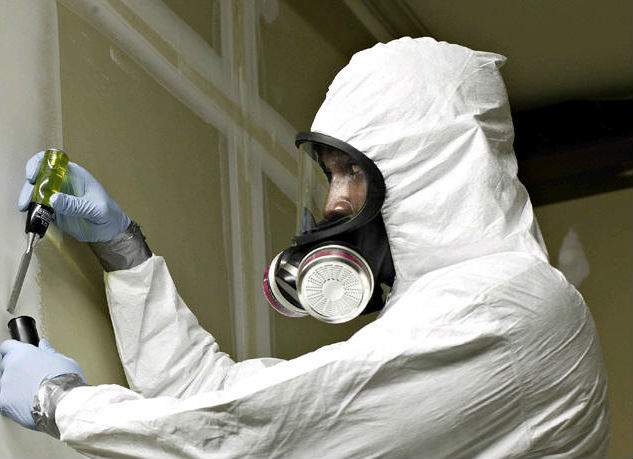
Many DIY websites suggest that you can get rid of mold by scrubbing it away with some bleach. But there are a few problems with this suggestion.
One is that although such methods may remove the visible signs of a mold colony, household bleach is not strong enough to penetrate into the deep crevices of porous materials where the mold has taken root.
Another issue with bleach is that it may further breakdown the surface on which the mold spreads, thus worsening the problem by providing more food matter for the colony.
A final consideration here is your own health. Putting yourself into close contact with both bleach and a mold colony is dangerous and avoidable.
Myth #8: Once the mold is gone, you don’t have to think about it anymore.

Often, we think that once a problem has been solved, such as after a remediation service has eliminated the mold colony, there’s nothing more to worry about.
Unfortunately, mold isn’t so easily shaken. That’s because, as we said earlier, mold spores are around us all of the time, and it’s only when they are offered humidity and organic material that they will take hold.
So, if you’ve gotten rid of a mold problem in the home, you must make sure that you’re not going to provide the same environment that allowed for the mold to grow in the first place.
That will mean reducing humidity by opening ventilation pathways and being very mindful about standing water. This is especially true if you live in a warm, humid climate, where mold is likely to thrive.
To sum it up.
One of the more striking things about this list of misconceptions is that much of the confusion is based on an assumption that mold is not a serious problem.
The perpetuation of assumptions like this, in which mold is only considered to be dangerous in certain conditions or for certain individuals, leads to a nonchalance about the issue, when, in reality, every mold infestation should be taken seriously and dealt with quickly.
Waiting for the problem to get worse, or assuming that you can deal with it yourself, may mean that you are unnecessarily exposing yourself to a harmful substance. Or, considering the financial side, the longer you wait to call in professional help, the more damage your house will undergo as a result of the breaking down of materials such as wood, wallpaper, or insulation, as the colony grows and continues to feed.
Plus, removing the colony will only become more expensive the longer you wait, as remediation companies will have to use more invasive techniques to remove a more advanced infestation.
To put it simply, not acting on a mold problem based on the idea that it’s not a big deal is the biggest misconception of all. Instead, it’s best to call in a professional early on to get an assessment and some advice about the next steps.
And now that you have the facts about some of the common misconceptions about mold, we hope that you feel more prepared to move forward if you face a mold infestation in your home.


